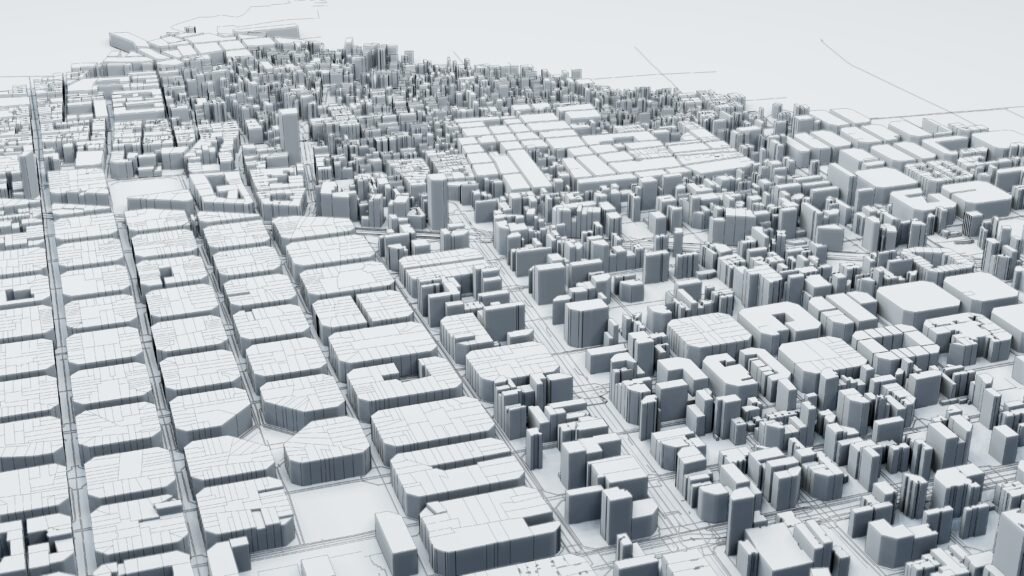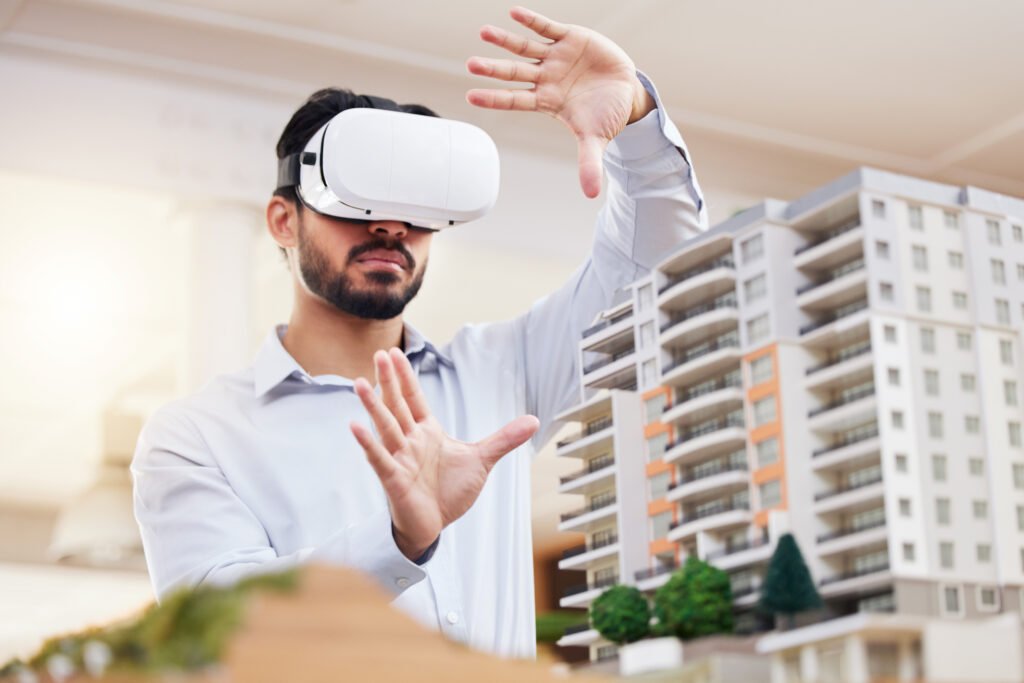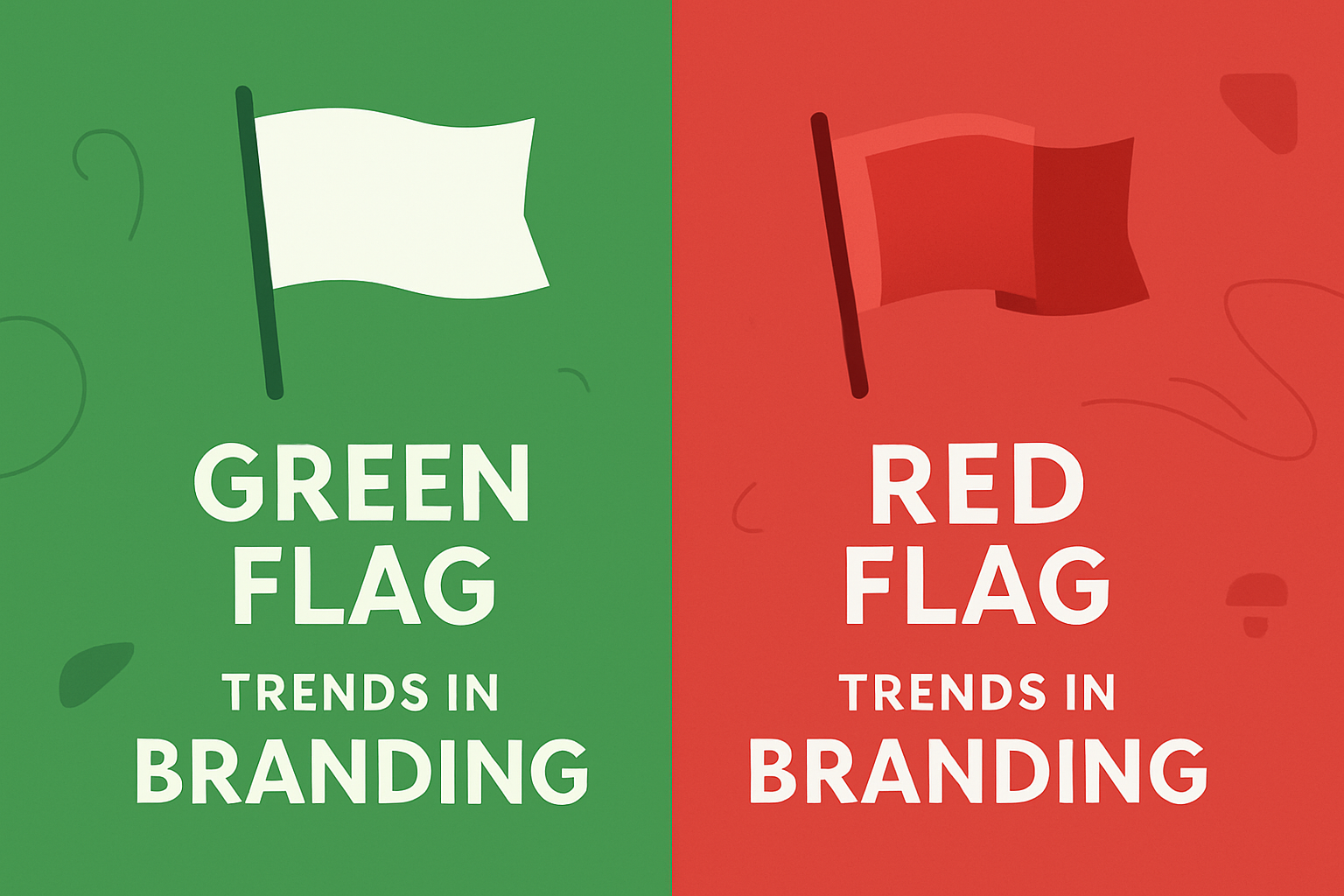As we approach 2030, advancements in procedural generation in 3D texturing are set to redefine the landscape of digital content creation. This innovative approach allows for the algorithmic generation of textures, enabling artists and developers to create intricate and diverse visual elements efficiently. The industry impact of procedural generation in 3D texturing is significant, influencing gaming, film, architecture, and beyond. In this article, we will explore the benefits of this technology, highlight its innovative applications, and examine three success stories that demonstrate its transformative potential.
The Industry Impact of Procedural Generation in 3D Texturing
Procedural generation represents a paradigm shift in the way textures are created. By utilizing algorithms and mathematical models, artists can generate complex patterns, colors, and surface details that would be labor-intensive to create manually. The benefits of procedural generation in various industries are manifold:
- Increased Efficiency: Procedural generation automates repetitive tasks, allowing artists to focus on creative aspects rather than technical details. This leads to faster turnaround times and the ability to produce high-quality textures in less time.
- Enhanced Creativity: By using algorithms to explore a vast range of possibilities, artists can discover unique textures and patterns that might not occur through traditional methods. This expands the creative toolbox available to designers.
- Cost-Effectiveness: With reduced manual labor involved in creating textures, production costs decrease. This is particularly advantageous for smaller studios or independent developers who may have limited resources.
- Dynamic Content Creation: Procedurally generated textures can adapt to various environmental conditions or user interactions in real-time, providing a more immersive experience for users.
As we look to 2030, the advancements in procedural generation are likely to drive further innovations across industries, from gaming and film to virtual reality and architectural visualization.

Innovative Use of Procedural Generation
Example 1: Ubisoft’s Watch Dogs: Legion
A prominent example of procedural generation in 3D texturing is Watch Dogs: Legion, developed by Ubisoft. Released in 2020, this game incorporates procedural techniques to create an expansive and highly detailed representation of London.
In Watch Dogs: Legion, procedural generation plays a crucial role in populating the city with a diverse array of characters, vehicles, and textures. The technology generates unique building textures and urban environments dynamically, allowing players to experience a living, breathing city where every block feels distinct.
The industry impact of this approach is profound, showcasing how procedural generation can create rich, interactive worlds. Players can engage with an environment that responds to their actions, offering a level of immersion that traditional design methods often struggle to achieve. The success of Watch Dogs: Legion serves as a testament to the potential of procedural generation in the gaming industry, encouraging other developers to embrace similar techniques.

Example 2: The Future of Film with The Mandalorian
In the realm of film, procedural generation has also made significant strides, particularly in productions like The Mandalorian. This groundbreaking series, produced by Lucasfilm, uses advanced virtual production techniques that heavily rely on procedural generation to create immersive environments.
The Mandalorian employs a technology known as StageCraft, which features large LED screens displaying procedurally generated backgrounds in real-time. This allows for dynamic lighting and reflections that adapt as the camera moves, providing actors with a more realistic environment to interact with.
The benefits of this innovative use of technology extend beyond visual fidelity. It streamlines the production process, reducing the need for extensive green-screen work and allowing for greater creative flexibility on set. As a result, filmmakers can iterate quickly, making adjustments on the fly without the long wait times associated with traditional post-production methods.
The success of The Mandalorian has influenced the film industry to explore similar virtual production techniques, demonstrating the transformative potential of procedural generation in creating engaging cinematic experiences.

Example 3: Architectural Visualization in Virtual Reality
Procedural generation is also revolutionizing the field of architectural visualization, particularly in virtual reality (VR) applications. Companies like Unity Technologies and Epic Games are leveraging procedural generation to create realistic environments for architectural projects.
For instance, Unity’s ProBuilder tool allows architects and designers to create and manipulate 3D models using procedural techniques. This enables the rapid generation of building textures and environments, allowing clients to visualize projects more effectively. With procedural generation, designers can quickly iterate on designs, experimenting with different textures, colors, and layouts without the time-consuming process of manual texturing.
The industry impact of this application is significant; it enhances collaboration between architects and clients by providing immersive, real-time visualizations. Clients can walk through a space before it’s built, experiencing the design in a way that static images or traditional models cannot convey.
Moreover, the procedural generation of textures allows for more diverse and customizable design options, empowering architects to create unique environments tailored to specific needs.

Overall
As we look ahead to 2030, the advancements in procedural generation in 3D texturing are set to revolutionize various industries. From gaming and film to architectural visualization, the industry impact of this technology is profound. The benefits of procedural generation—such as increased efficiency, enhanced creativity, cost-effectiveness, and dynamic content creation—are driving its adoption and shaping the future of digital content creation.
The success stories of Watch Dogs: Legion, The Mandalorian, and the innovative use of procedural generation in architectural visualization exemplify how this technology is transforming operations and generating success. As more industries recognize the potential of procedural generation, we can anticipate even more groundbreaking applications and creative possibilities in the years to come.
With years of expertise in this technology, we are here to support your needs. If you’re interested in learning more about similar technologies and how they can be applied, feel free to reach out to our team at . You can also connect with us via LinkedIn at or reach our support team on WhatsApp .





